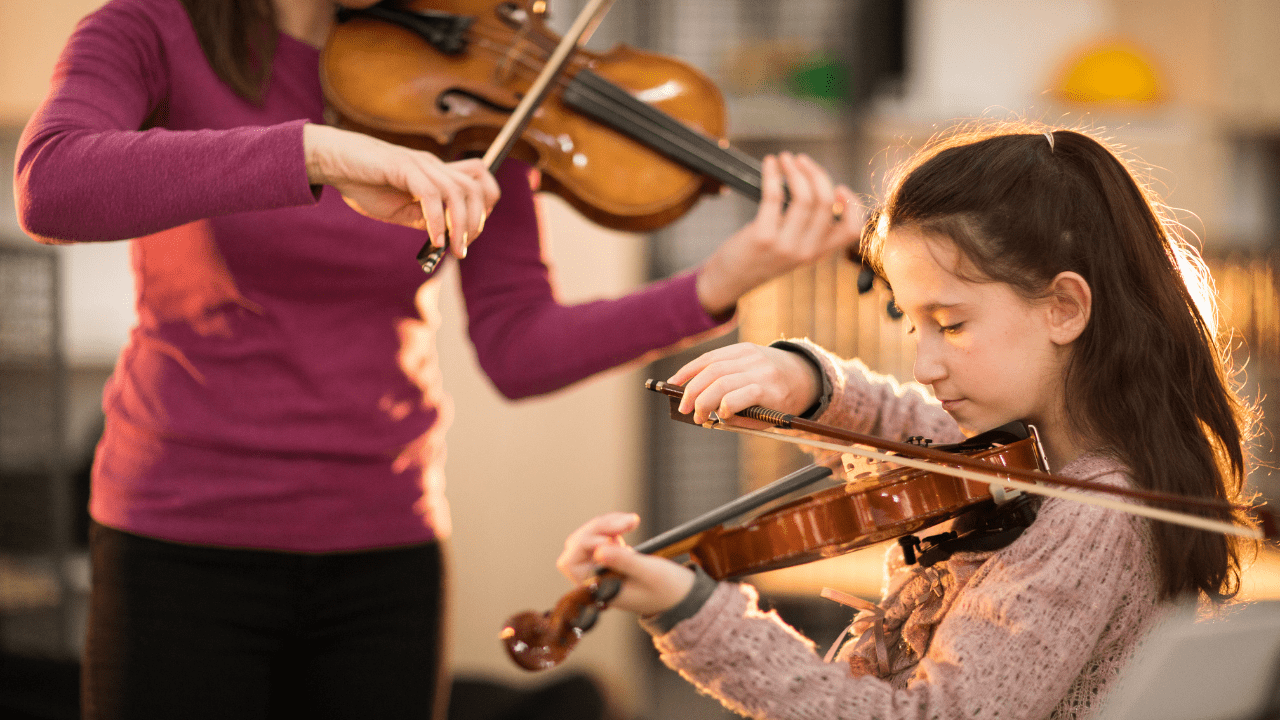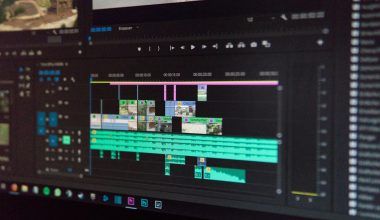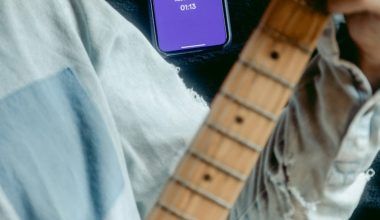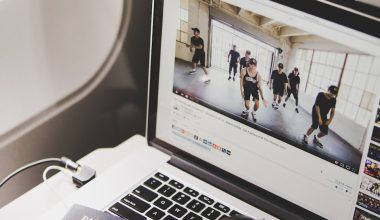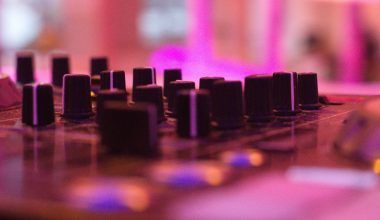Have you ever dreamed of recording your own voiceovers, podcasts, or dubbing projects? Setting up a dubbing studio at home might sound like a big task, but it’s easier than you think! Whether you’re a beginner or an experienced artist, having your own studio saves time, money, and makes your work much easier. Plus, you can record anytime without worrying about booking a studio.
This blog will guide you step-by-step to build your own dubbing studio setup, even if you don’t have much technical knowledge. We’ll keep things simple, budget-friendly, and easy to follow.
Step 1: Find the Right Room for Your Studio
The first step is to pick the right spot in your house. You don’t need a huge space—a quiet corner or a small room can work just fine.
What to Look For in a Room:
- Quiet Area: Choose a place away from street noise, TVs, or washing machines.
- Small or Medium Size: Smaller spaces are easier to soundproof.
- No Echo: Rooms with carpets or curtains work better because they absorb sound.
Pro Tip: If you have a spare bedroom or a closet, that’s a perfect place to start.
Step 2: Soundproofing Your Studio
Soundproofing might sound complicated, but it’s all about reducing outside noise and making your recordings sound clear. No fancy tools are needed—simple tricks can do the job.
Easy Soundproofing Tips:
- Seal Gaps: Use weather strips to cover gaps under doors or windows.
- Thick Curtains: Hang heavy curtains over windows to block noise.
- Foam Panels: Stick foam panels on your walls to absorb sound.
- Carpets or Rugs: Lay down a thick carpet to prevent sound from bouncing off the floor.
Budget-Friendly Hacks:
- Use blankets or old mattresses as temporary soundproofing.
- Fill empty spaces with furniture or bookshelves to reduce echoes.
Step 3: What Equipment Do You Need?
Your dubbing studio setup needs the right tools to record clear, professional-quality sound. Don’t worry—you don’t have to buy everything at once. Start small and upgrade later.
Essential Tools for Beginners:
- Microphone:
- A good mic makes a huge difference. Go for a condenser microphone like Audio-Technica AT2020.
- Pop Filter:
- This is a small screen that stops “popping” sounds when you say words with “P” or “B.”
- Headphones:
- Get closed-back headphones like Sony MDR-7506 to hear your recordings clearly.
- Audio Interface:
- This connects your microphone to your computer and makes the sound quality better.
- Recording Software:
- Start with free software like Audacity or try GarageBand if you use a Mac.
- Mic Stand:
- A simple stand keeps your mic steady while you record.
Additional Tools for Professionals:
- Studio Monitors: These are special speakers for mixing and editing your recordings.
- Acoustic Panels: For even better sound quality.
- External Hard Drive: For storing your recordings.
Step 4: Setting Up Your Workspace
Now that you have your equipment, it’s time to set it all up. Your workspace should be comfortable and easy to use.
How to Set Up Your Workspace:
- Desk: Use a sturdy table for your computer and equipment.
- Chair: Pick a comfortable chair since you might sit for long hours.
- Mic Position: Place your microphone at mouth level, about 6 inches away.
- Cables: Keep cables tidy to avoid tangling.
Step 5: Test Your Dubbing Studio Setup
Before you start recording, test everything to make sure it works perfectly. This step will save you time and effort later.
Simple Testing Steps:
- Record a short clip and listen to it using your headphones.
- Check for background noise or echoes.
- Adjust your mic and acoustic panels if needed.
- Experiment with your software settings until you get the best sound.
Step 6: Start Recording Your Voiceovers!
Congratulations! You’re now ready to start recording in your very own dubbing studio setup. Whether it’s for YouTube videos, podcasts, or animation projects, your recordings will now sound professional.
Beginner Tips for Better Recordings:
- Warm up your voice with simple exercises before recording.
- Speak clearly and avoid rushing through your script.
- Take breaks to rest your voice during long sessions.
Step 7: Keep Improving Your Studio
Once you’re comfortable with your setup, think about upgrading or adding new features to make your studio even better.
Ideas for Upgrades:
- Add Better Acoustic Panels: This reduces echoes even more.
- Buy Advanced Software: Tools like Adobe Audition give you more editing options.
- Invest in Studio Lights: If you plan to record videos as well.
Budget Guide: How Much Will It Cost?
Setting up a dubbing studio doesn’t have to be expensive. Here’s a rough cost estimate:
- Basic Setup: ₹15,000–₹30,000
- Good for beginners with essential tools.
- Intermediate Setup: ₹50,000–₹1,00,000
- Includes better mics, software, and soundproofing.
- Professional Setup: ₹1,50,000+
- High-end gear and a fully soundproofed room.
Pro Tip: Start with a basic setup and upgrade slowly as you grow.
Common Mistakes to Avoid
Even with the best intentions, mistakes can happen. Here are some common pitfalls and how to avoid them:
- Skipping Soundproofing: Poor soundproofing will ruin your recordings.
- Using the Wrong Mic: Not all microphones are suitable for dubbing.
- Ignoring Voice Care: Your voice is your most important tool—take care of it!
FAQs About Dubbing Studio Setup
Q1: Do I need an expensive microphone to start?
No, you can start with a budget-friendly mic and upgrade later.
Q2: How can I make my voice sound better?
Practice vocal exercises and stay hydrated to keep your voice clear.
Q3: Can I use my bedroom as a studio?
Yes, with basic soundproofing, any room can become a dubbing studio.
Final Thoughts: You Can Do It!
Building a dubbing studio setup at home is a fun and rewarding project. You don’t need a huge budget or professional training—just a quiet space, the right equipment, and a little creativity. Follow the steps in this guide, and you’ll have a professional-quality studio in no time.
So what are you waiting for? Start creating your own dubbing studio today and take the first step toward your dream projects.
Related Articles:
For further reading, explore these related articles:
- How to Become a Successful Music Artist in India in 2024?
- How to Create Your Own Song: A Simple Guide for Beginners
- The Wonderful World of Buskers and Street Performers: Stories, Struggles, and Success
For additional resources on music marketing and distribution, visit Deliver My Tune.
